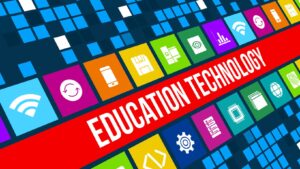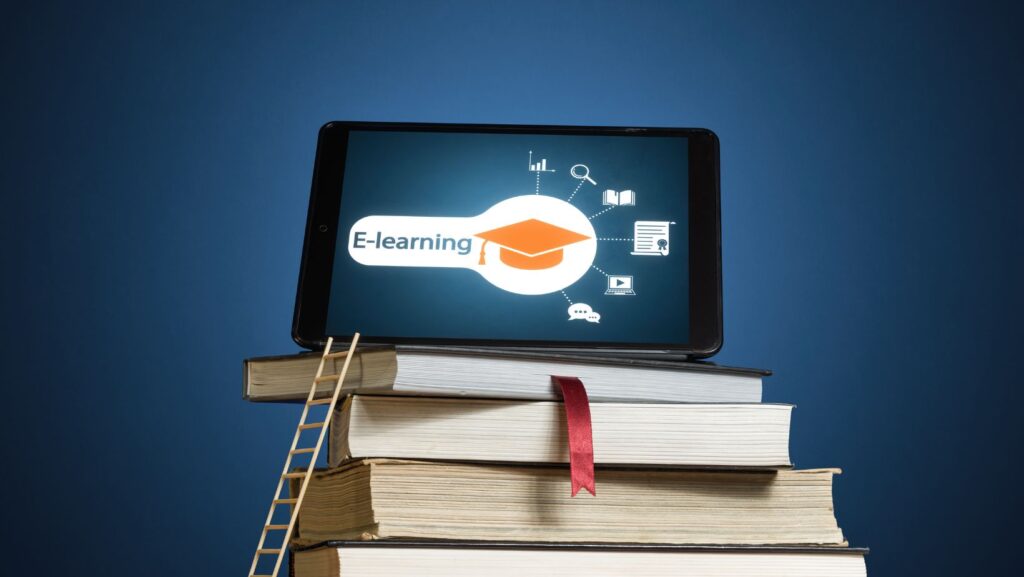As the digital landscape evolves, so does the realm of education technology. Schools and educational institutions worldwide are tapping into the power of tech to transform traditional learning environments. From virtual classrooms to AI-driven personalized learning experiences, the latest trends in edtech are reshaping how students engage with knowledge and how educators deliver instruction.
Education Tech Trends
Gamification in Learning
 Gamification integrates game design elements into educational settings, enhancing engagement and motivation. Studies reveal a significant boost in student participation and material retention when educators apply gamified techniques. For example, points, badges, and leaderboards often feature in apps like Duolingo or Kahoot, motivating students through competitive and rewarding experiences.
Gamification integrates game design elements into educational settings, enhancing engagement and motivation. Studies reveal a significant boost in student participation and material retention when educators apply gamified techniques. For example, points, badges, and leaderboards often feature in apps like Duolingo or Kahoot, motivating students through competitive and rewarding experiences.
Artificial Intelligence (AI) streamlines the delivery of personalized education. Adaptive learning technologies adjust content difficulty and format based on individual student performance, tailoring instruction to meet unique learning needs. Platforms like DreamBox Learning utilize AI to offer math lessons that adapt in real time, ensuring students not only remain engaged but also benefit from instruction that matches their pace and understanding.
Immersive Technology for Real-World Learning
Virtual Reality (VR) and Augmented Reality (AR) provide immersive learning experiences, making complex subjects more accessible and engaging. Through VR simulations, students can explore historical events, distant planets, or microscopic worlds, all from their classroom. For instance, Google Expeditions allows students to embark on virtual trips around the globe and beyond, enriching their understanding of diverse topics and environments.
Blockchain for Education Verification
Blockchain technology offers a robust solution for validating educational credentials in a tamper-proof system. This trend addresses the growing need for verifiable and secure educational records, especially in an increasingly digital world. MIT has begun issuing digital diplomas through blockchain, facilitating instant verification of student achievements without intermediaries.
Cloud-Based Learning Platforms
 Cloud technology has revolutionized access to educational resources, enabling anywhere, anytime learning. Platforms like Google Classroom and Microsoft Teams support real-time collaboration and resource sharing, breaking geographical and socio-economic barriers. These tools support a blended learning environment where teachers can distribute materials, manage assignments, and interact with students remotely, promoting continuity in education regardless of physical location.
Cloud technology has revolutionized access to educational resources, enabling anywhere, anytime learning. Platforms like Google Classroom and Microsoft Teams support real-time collaboration and resource sharing, breaking geographical and socio-economic barriers. These tools support a blended learning environment where teachers can distribute materials, manage assignments, and interact with students remotely, promoting continuity in education regardless of physical location.
Each of these trends demonstrates how the integration of technology into education is not only enhancing traditional learning methods but is also crafting pioneering teaching and learning paradigms that promise to drive future educational successes.
Challenges in Implementing Education Tech
While educational technology offers transformative potential, integrating these technologies into educational systems isn’t without its challenges. This section outlines key obstacles that educators and institutions may encounter.
Accessibility Issues, Data Privacy and Security Concerns
 Incorporating technology in education often highlights significant accessibility issues. Barriers to consistent Internet access and inadequate technological infrastructure can impede the implementation of ed-tech solutions, especially in rural or underfunded areas. For instance, 47% of school-age children worldwide do not have access to the internet at home, demonstrating a significant digital divide. Moreover, the availability of adaptive technologies for students with disabilities remains inconsistent, potentially excluding these students from benefiting from technological advancements in education.
Incorporating technology in education often highlights significant accessibility issues. Barriers to consistent Internet access and inadequate technological infrastructure can impede the implementation of ed-tech solutions, especially in rural or underfunded areas. For instance, 47% of school-age children worldwide do not have access to the internet at home, demonstrating a significant digital divide. Moreover, the availability of adaptive technologies for students with disabilities remains inconsistent, potentially excluding these students from benefiting from technological advancements in education.
As educational institutions adopt more digital tools, concerns over data privacy and security grow. Schools collect vast amounts of sensitive information, and ensuring this data is protected against breaches poses a considerable challenge. The rise in cyber-attacks on educational systems highlights the vulnerability of these environments. Regulatory requirements, such as those outlined in the Family Educational Rights and Privacy Act (FERPA) in the United States, provide a framework, but consistent enforcement and adaptation to emerging technologies are necessary. These concerns necessitate robust cybersecurity measures and clear policies to manage and protect student data effectively.
Future Predictions for Education Tech Trends
As educational technology continues to evolve, it’s clear that the future of learning is intertwined with technological advancement. Schools and educators will likely see an increase in the use of AI and VR to create more personalized and immersive learning experiences. The challenges of accessibility and data security remain significant but they’re not insurmountable. With continued innovation and thoughtful integration of new technologies, the educational landscape is set to become more inclusive and effective.

